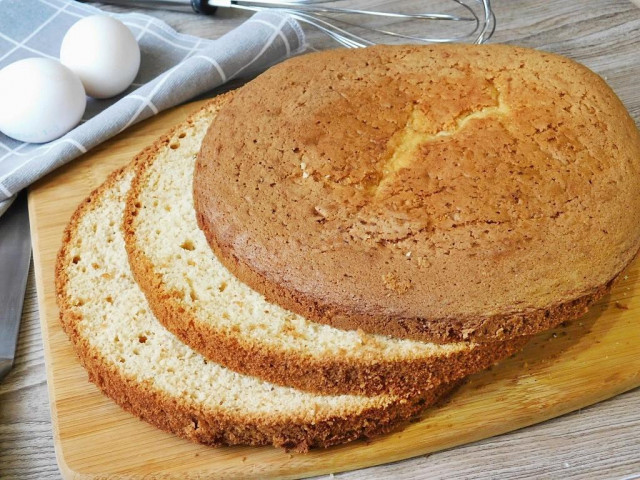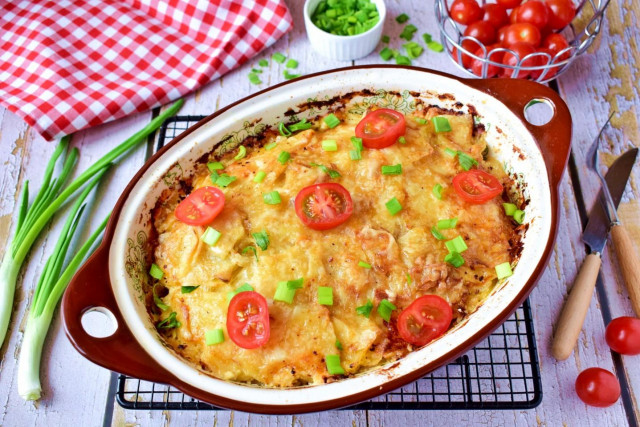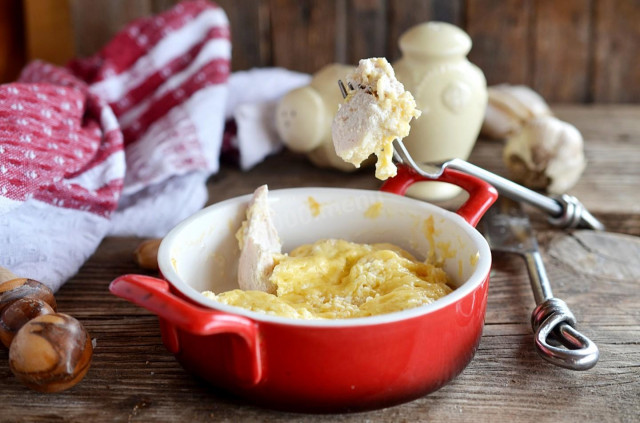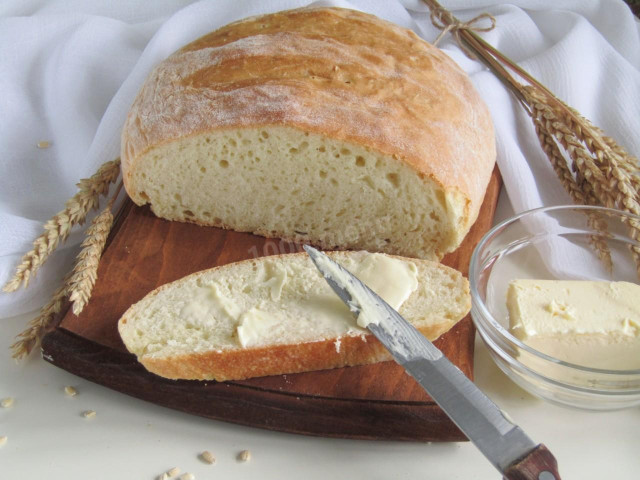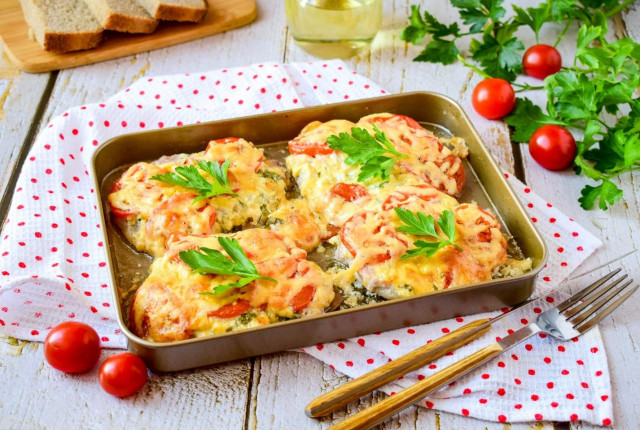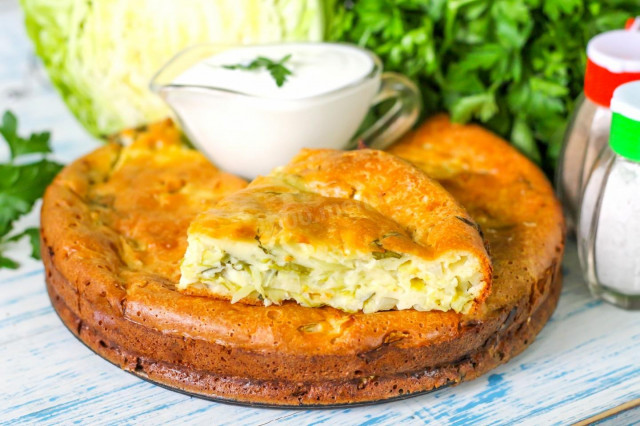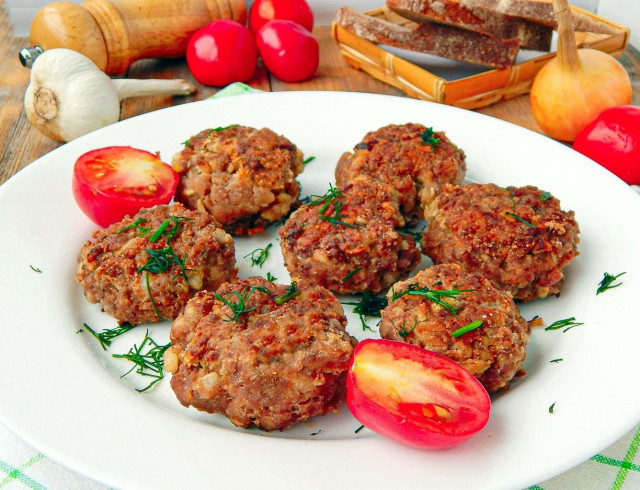Composition / ingredients
Step-by-step cooking
Step 1:
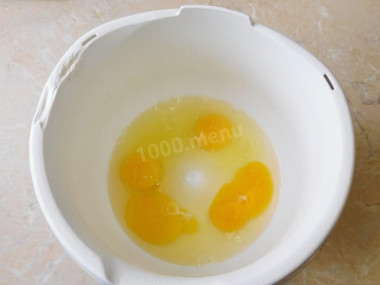
In a whipping bowl, break the eggs.
Step 2:

Add the required amount of sugar and whisk everything for a few minutes until a lush thick mass.
Step 3:

To beat eggs, the bowl should be very clean, dry and fat-free. Otherwise, the eggs will not climb. Eggs for a biscuit should be beaten into a lush light mass, saturated with fairly small bubbles. Well-beaten eggs are the key to a lush and beautiful sponge cake, so treat this step with all care.
Step 4:
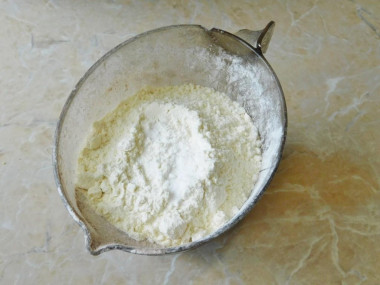
While the eggs are being beaten, measure the required amount of flour and sift it through a sieve. Add vanilla and a little baking powder to the flour.
Step 5:
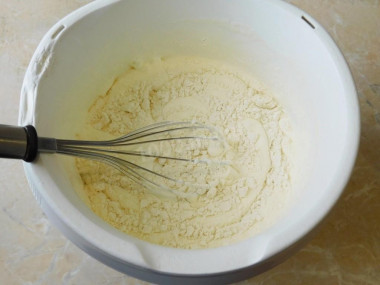
Add a little flour to the beaten eggs and, now manually, with the help of a whisk, mix it into the dough, trying to preserve all the splendor of the mass. Important! It is necessary to mix the flour, DO NOT BEAT it! With neat smooth movements to keep the air bubbles in the eggs as much as possible. If you overdo it, the dough will settle and the biscuit will not rise. Adjust the amount of flour according to the consistency of the dough. It should not be thick - about as moderately liquid sour cream.
Step 6:
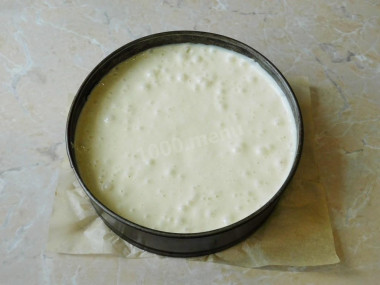
Pour the finished dough into the prepared baking dish (18-20 cm). Put the dough in the oven, preheated to 180 degrees, for about 40 minutes. Focus on your oven. It is better to take a split biscuit baking dish and cover the bottom with baking paper. Do not open the oven for the first 20-30 minutes in any case to avoid the sponge cake falling off.
Step 7:

Check the readiness of the biscuit like this - press lightly on top of it. If it returns to its previous position, then it is ready and can be removed from the oven. Or, using a toothpick, lower it into the center of the biscuit and immediately pull it out - if it is dry, then the biscuit is ready. Using a sharp knife, separate the biscuit from the walls of the mold and remove it.
Step 8:

Cool the finished biscuit completely. Then wrap it in plastic wrap and put it in the refrigerator for a few hours. He will lie down in the cold and rest. After that, it can be easily cut into cakes. When sliced, it will not crumble much. Use ready-made cakes for any cake. Cook with pleasure!
The preparation of such a simple biscuit recipe will be mastered even by a novice cook. It is light both in preparation and in finished form, since the sponge cake pulp is very airy and porous.
This type of sponge cake can be called a basic one - you will need a minimum of products for its preparation. And it is this option that will be the basis for many other complex recipes.
In general, you can do without baking powder in the recipe, since the eggs should be so well beaten that they will hold the finished biscuit. But I add just a pinch for reliability.
Be prepared for the fact that flour may need more or less than indicated in the recipe. Focus not on the amount of flour, but on the desired consistency of the dough. To avoid mistakes, read about flour and its properties!
Keep in mind that everyone's ovens are different. The temperature and cooking time may differ from those specified in the recipe. To make any baked dish successful, use useful information about the features of ovens !
Important: eggs can be any, cold or warm, but at room temperature they are beaten better and faster.
Caloric content of the products possible in the composition of the dish
- Chicken egg - 157 kcal/100g
- Egg white - 45 kcal/100g
- Egg powder - 542 kcal/100g
- Egg yolk - 352 kcal/100g
- Ostrich egg - 118 kcal/100g
- Whole durum wheat flour fortified - 333 kcal/100g
- Whole durum wheat flour, universal - 364 kcal/100g
- Flour krupchatka - 348 kcal/100g
- Flour - 325 kcal/100g
- Granulated sugar - 398 kcal/100g
- Sugar - 398 kcal/100g
- Vanillin - 288 kcal/100g
- Baking powder - 79 kcal/100g

